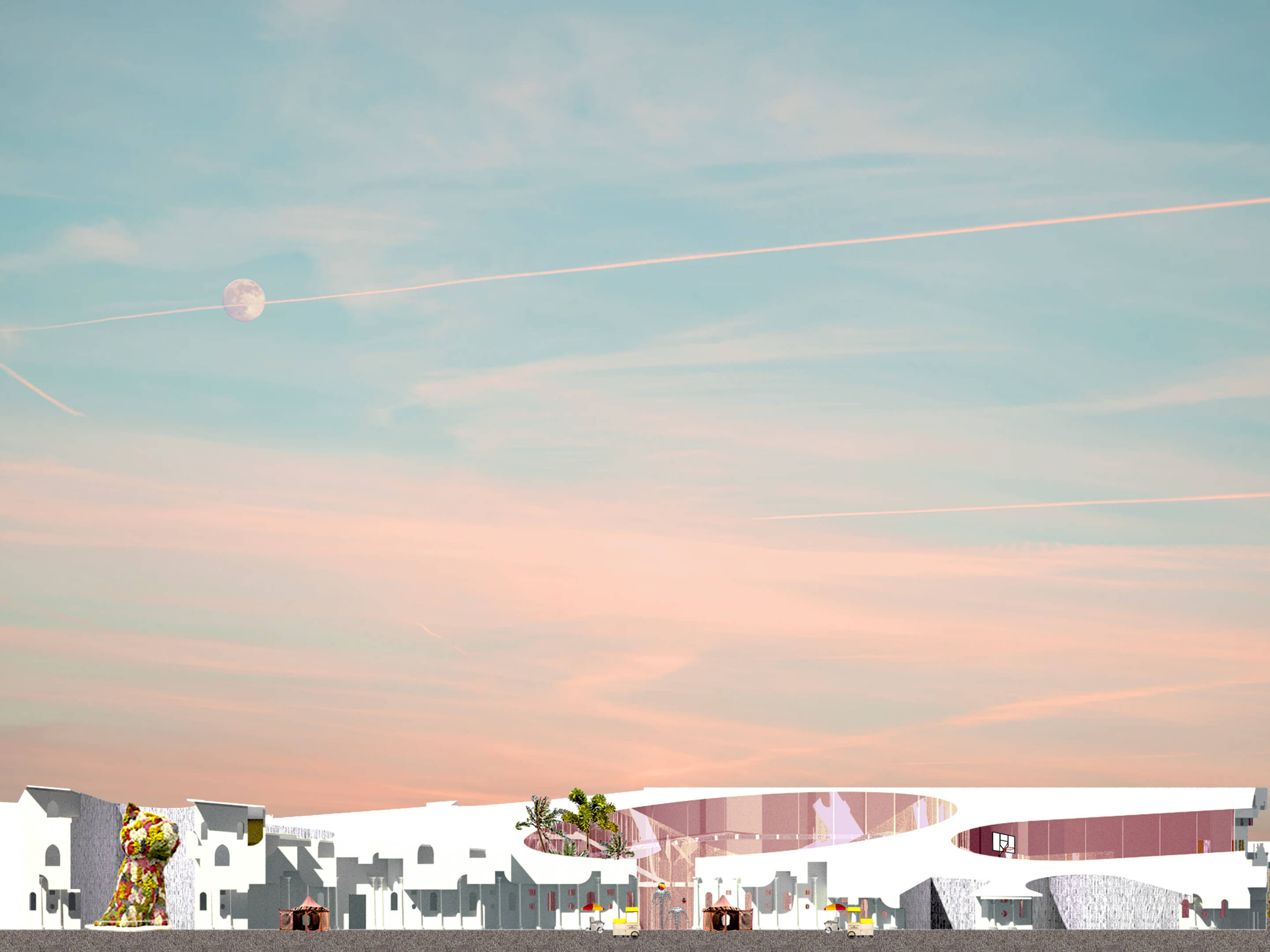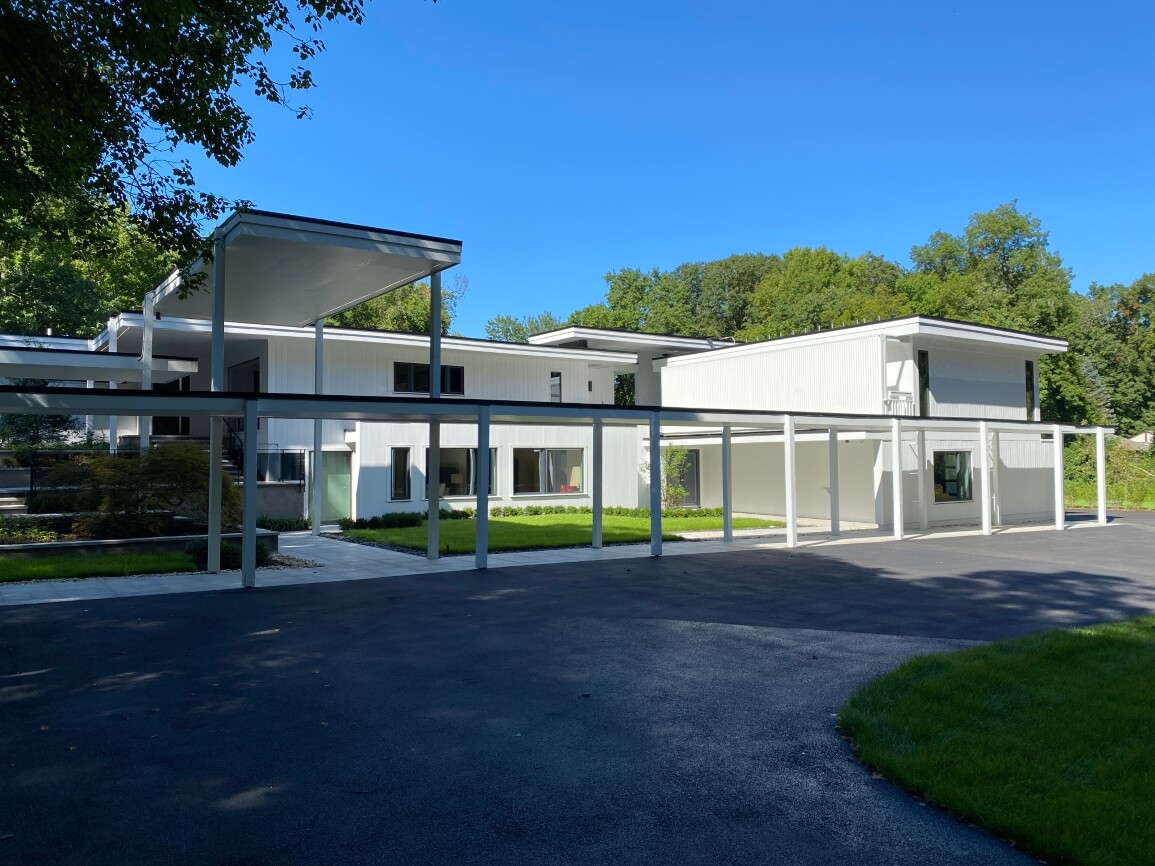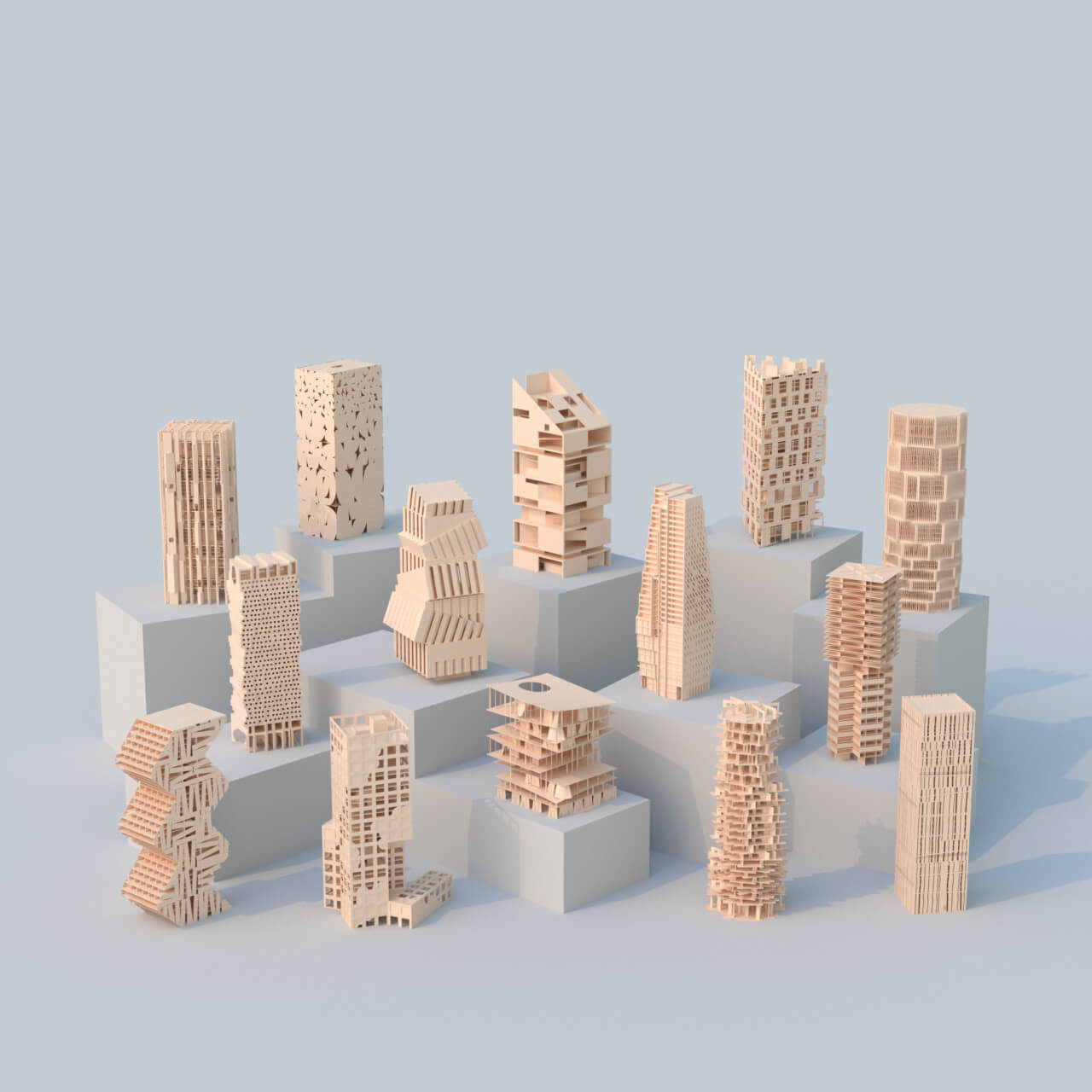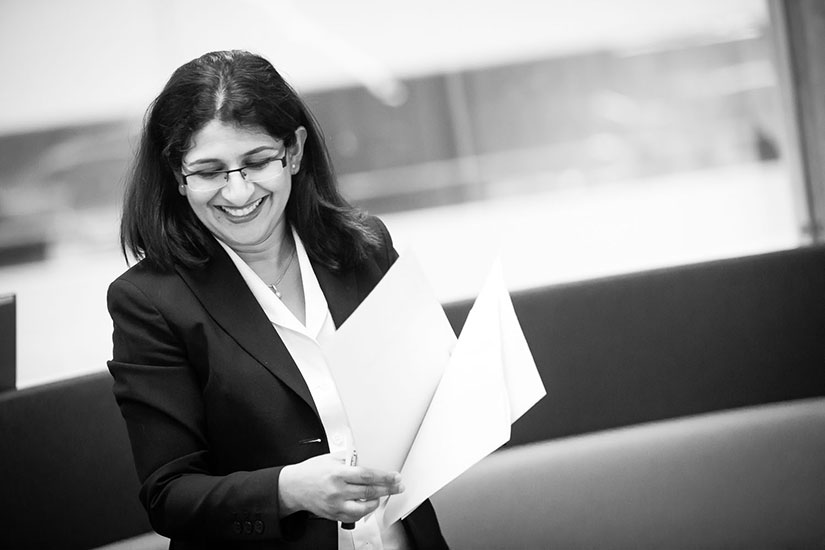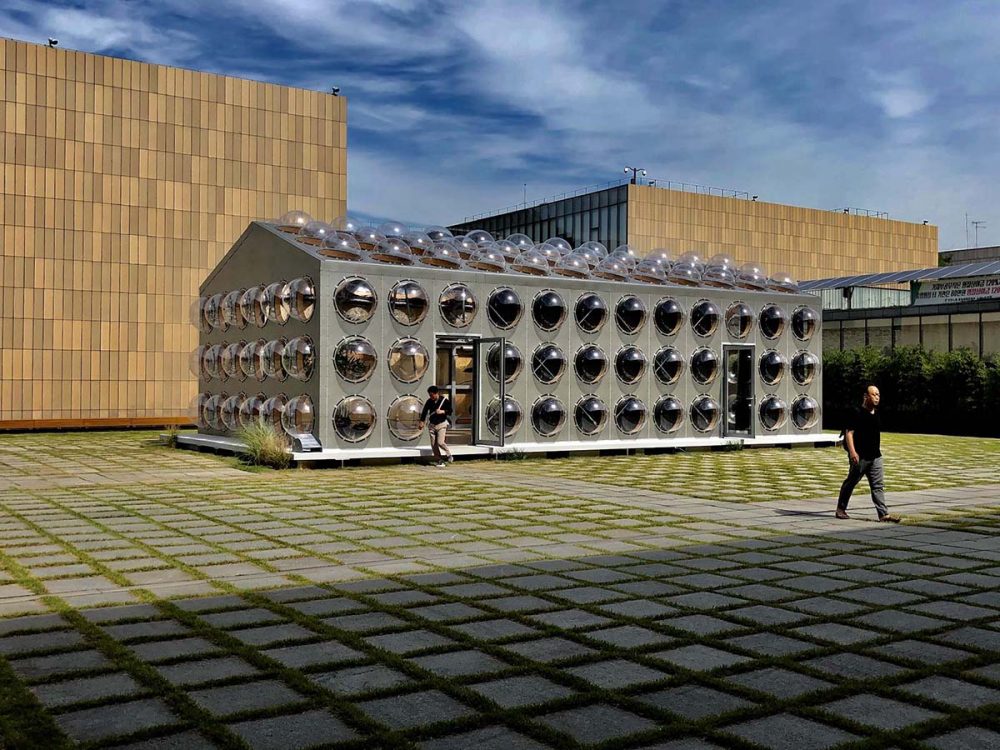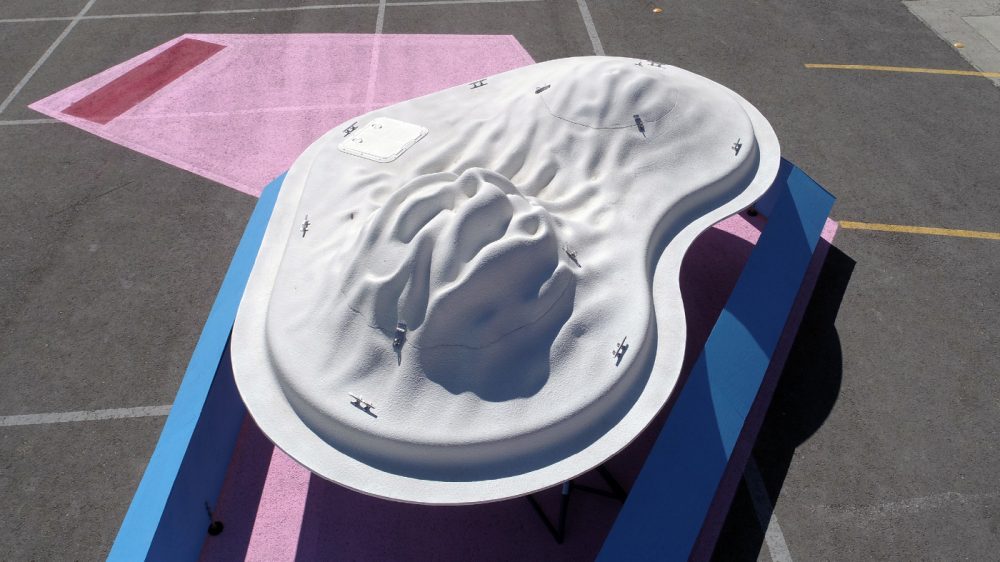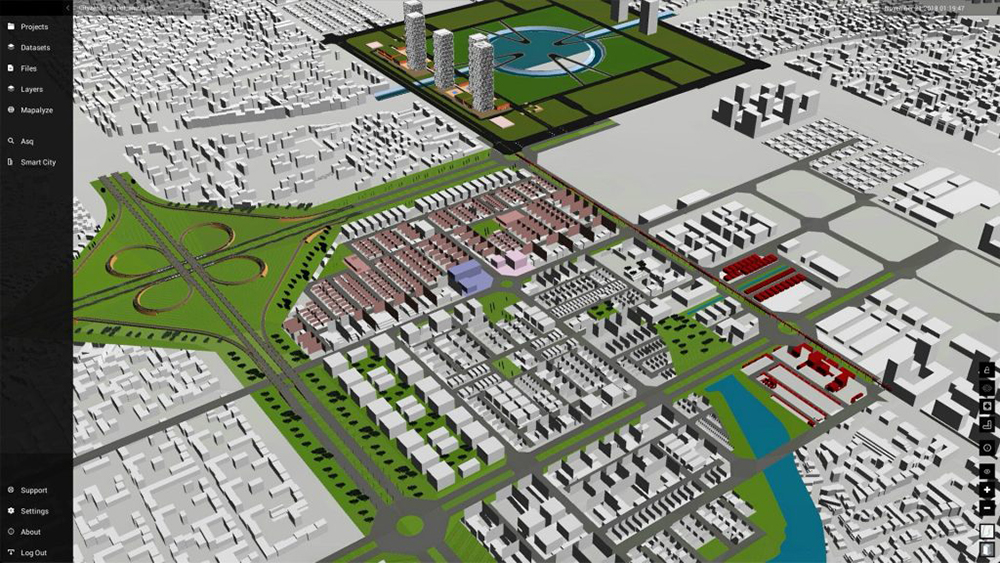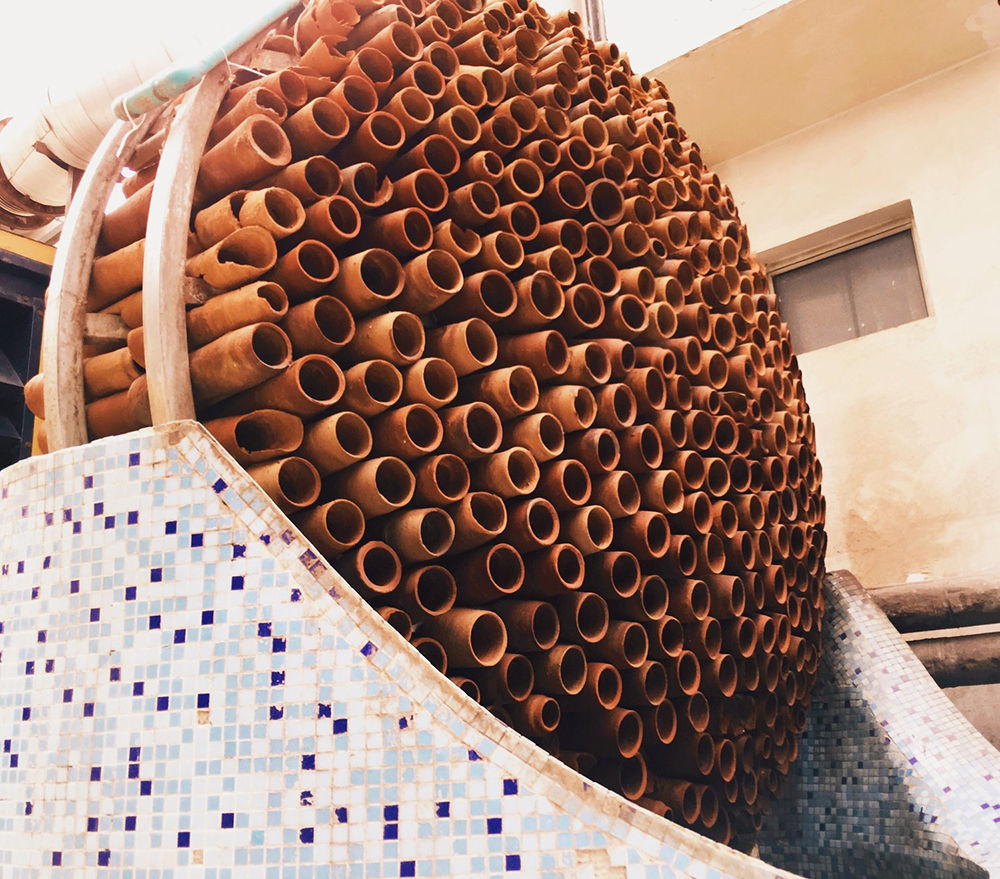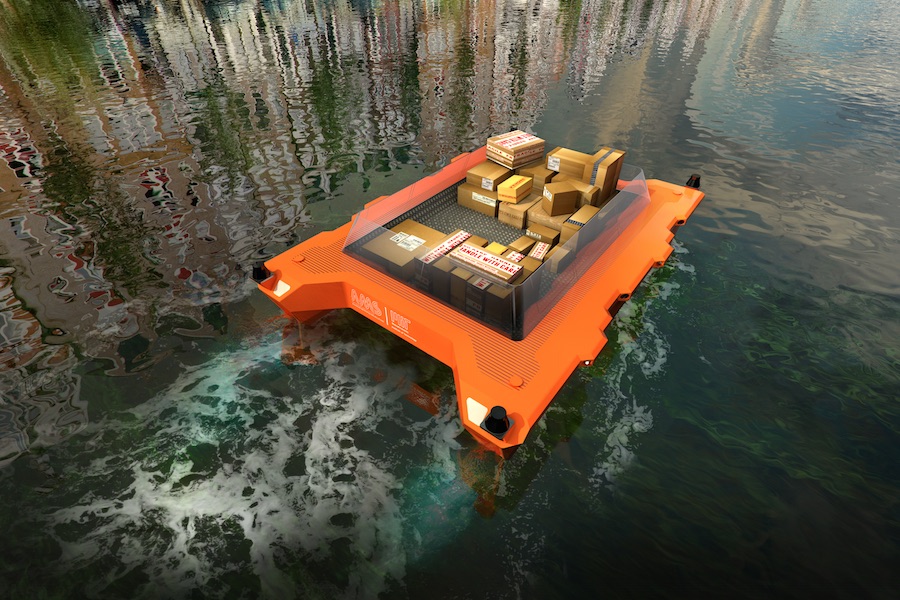In recent years, experiments in architecture have produced forms, moods, and effects that resist easy labeling. Still, some have tried putting a name to this diverse, variegated work: the “postdigital.” The term was first popularized by the British architect Sam Jacobs, who considered postdigital drawing (often taking the form of collage) to be a meaningful
Two weeks before Kate Wagner published her scathing treatise of NFTs (non-fungible tokens) as simply an outgrowth of high-money architectural speculation, a Paul Rudolph-designed home in Westchester County, New York, hit the market as an NFT. The Edersheim Residence, located at 862 Fenimore Road in Larchmont, was originally built in 1958 and then later altered in 1982 by Rudolph at the
There is a prevailing sense among proponents of mass timber that building with wood is inherently good. This enthusiasm is largely premised on a key assumption that if a tree sequesters carbon as it grows, then mass timber building components must count as stored carbon. But if the source of that wood—a forest—is a source of carbon emissions, as is beginning
Architectural designer Jennifer Bonner and engineer Hanif Kara have a beef with mass timber, or, rather, the singular meaning its proponents ascribe to the term. The sustainability benefits of engineered wood products like cross-laminated timber (CLT) have overtaken the discourse around them, the duo finds. Manufacturers have an overwhelming influence on the design of timber buildings, many of which simply
There was a time when the internet, then new, and untested, was widely welcomed as a revolutionary technology that promised to alleviate—even fix—many of the evils then affecting late modern societies. That brief, juvenile spell was followed by almost 20 years of remorse and misgivings: from the early 2000s to this past month the internet,
Doctor Upali Nanda is reimagining the role of the architect. Where design today is often top-down and architects move on to new projects before doors of the project open, Nanda believes the role of architecture is to create living systems that respond to inhabitants’ changing needs, and architects have to stay involved during occupancy to
The New York and Seoul–based Obra Architects, along with Front Inc., Obra Abrim, Dongsimwon Landscape, and Supermass Studio, have created an oasis of “perpetual spring” in a public courtyard in Seoul. Supported by Korea’s National Museum of Modern and Contemporary Art as part of their exhibition The Square: Art and Society, the experimental pavilion features
Most 3D printers, no matter their size, operate in a pretty similar way: they move along a grid to deposit material, sliding on axes in a fixed manner within a frame. Even those with more flexible arms remain fixed at a point. GXN, the research-focused spinoff of the Danish architecture firm 3XN, is looking to
For many, the future floats. Seasteaders, BIG’s floating city, the “Danish silicon valley” (at sea, naturally): in a time of rising tides, many are suggesting working with, or on, the ocean rather than against it. Add the Buoyant Ecologies Float Lab to the list. The 13-foot-by-8-foot object was designed by architects and designers Adam Marcus,
In Jorge Luis Borges’s 1946 one-paragraph short story “On Exactitude in Science,” a fictional 17th-century individual, Suarez Miranda, tells of a time that the “Cartographers Guilds” made a map of their empire so accurately that it matched it entirely, at 1:1 scale, point by point. Of course, this map was utterly useless. This meditation on
“The way we cool our buildings right now is totally wrong,” said Indian architect Monish Siripurapu in a video produced the United Nations’ Environment program. The words are bleak, but arguably true; the electricity and hydrofluorocarbons most modern cooling systems demand ironically warm the planet overall while they cool our conditioned spaces. On top of that, with global temperatures
Carlo Ratti is the founder of the Turin, Italy-based firm Carlo Ratti Associati (CRA) and director of MIT’s Senseable City Lab. In both roles, he explores how technology can improve the built environment and, it follows, our lives. Recently in Turin, CRA completed the Agnelli Foundation headquarters, which employs a smartphone app to let occupants set personal temperature
